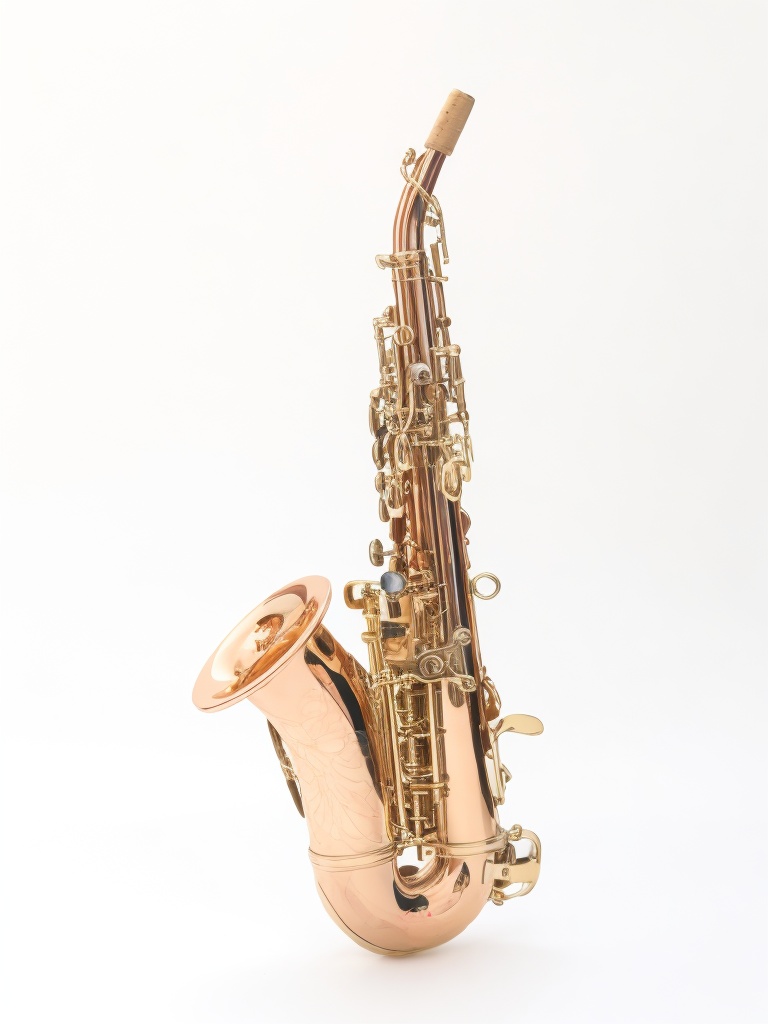The subcontrabass trombone, a rare and intriguing member of the brass family, possesses an incredibly deep and powerful sound. As a lesser-known instrument, it offers musicians the opportunity to explore unique sonic landscapes and expand their low-brass repertoire. This article will delve into the fascinating world of the subcontrabass trombone, discussing its history, features, and playing techniques.
The Subcontrabass Trombone: A Brief History
The subcontrabass trombone traces its roots back to the 19th century, when inventors experimented with extending the range of the traditional trombone. This colossal instrument made its first appearance in the works of several composers who sought to expand the boundaries of the orchestra. Over time, the subcontrabass trombone has captivated musicians and audiences alike with its distinctive tone and impressive range.

Characteristics of the Subcontrabass Trombone
The subcontrabass trombone is a true behemoth of the brass world, featuring a much larger bore and bell than its more common counterparts. Its unique double-slide design allows it to produce pitches as low as a full octave below the bass trombone. While this massive instrument may seem daunting, the subcontrabass trombone’s valve system helps make it more manageable for performers.
Developing a Solid Foundation for Playing the Subcontrabass Trombone
To successfully play the subcontrabass trombone, it is crucial to build a solid foundation in breath support and embouchure. The instrument’s immense size requires a greater volume of air and a relaxed, open embouchure to produce its characteristic deep, resonant sound. Practicing breathing exercises and long tones will help you develop the necessary skills for mastering this low-brass titan.
Exploring the Subcontrabass Trombone’s Unique Repertoire
The subcontrabass trombone’s rarity has resulted in a limited but intriguing body of repertoire. Pieces composed specifically for the instrument showcase its incredible range and power, offering listeners a glimpse into the depths of the brass family’s capabilities. By exploring these works, you can develop a deeper appreciation for the subcontrabass trombone’s unique voice and the composers who have embraced its potential.
The Subcontrabass Trombone in Modern Music
Today, the subcontrabass trombone is making a resurgence as contemporary composers and musicians rediscover its distinctive sound. Innovative ensembles are incorporating the subcontrabass trombone into their performances, pushing the boundaries of what is possible with brass instruments. As a subcontrabass trombonist, you have the chance to contribute to this exciting renaissance and make your mark in the world of low-brass music.
In conclusion, the subcontrabass trombone offers a unique and captivating musical experience for both performers and listeners. By exploring its history, characteristics, and repertoire, you can unlock the secrets of this majestic low-brass beast and unleash its full potential. Embrace the challenge of the subcontrabass trombone and experience the thrill of diving into uncharted sonic territory.

